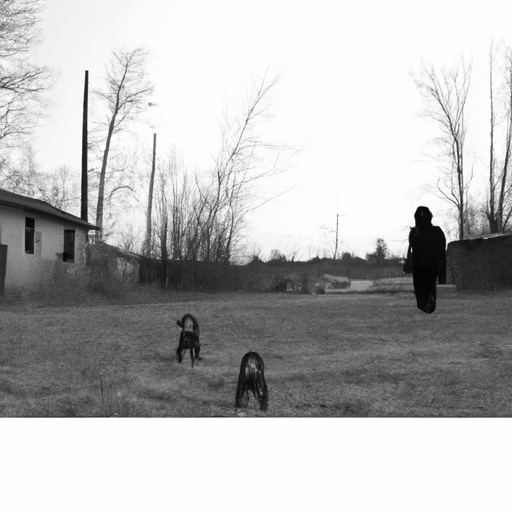Breaking News: First Nations Housing Focus of Indigenous and Northern Affairs Committee
Dear fellow Canadians and allies of our cause. It’s time to shed light on a crisis that’s been growing within our communities. From the streets of Vancouver to the remote communities of our indigenous people, the opioid crisis is a stark reality that cannot be overlooked.
Disparity in Crisis: The Indigenous Communities
When we speak of the opioid crisis in Canada, we can’t forget to mention the disproportionate impact this devastating issue has on one of our most vulnerable populations – our indigenous communities. The crisis is one that appears to have taken a stronghold, with opioids drastically heightening incidences of homelessness and crime rates.
Homelessness and The Opioid Crisis
Avid followers of APTN would have come across recent reports on the deplorable housing conditions faced by the First Nations. This issue has been closely tied to the surge in opioid addiction. Untreated substance abuse often leads to homelessness, as individuals find themselves unable to maintain jobs and, as a result, their homes. With opioid addicts now forming a significant portion of the homeless population, it’s evident that the housing issue is a devastating consequence of the opioid crisis.
The Crime Scene
Equally important is the adverse effect this crisis has had on crime rates. As opioid dependency escalates, distressed individuals often resort to illegal means to fund their addiction. This sour cycle only further fuels homeless rates and crime figures within those struggling communities.
Tackling The Opioid Crisis
While this might seem overwhelming, a joint-effort is paramount to combat this crisis. As announced in the recent video by APTN, the Indigenous and Northern Affairs Committee has made First Nations housing their focal point in recent times.
Opioid Class Action
In addition, there’s been an active opioid class action lawsuit against pharmaceutical companies. The aim is not only to hold these companies accountable for misinformation on opioid use but to also acquire the necessary financial support to help mitigate this crisis.
Naloxone: A Beacon of Hope
Thirdly, the provision and training on how to use life-saving drugs such as Naloxone – a medication designed to rapidly reverse opioid overdose – can play a crucial role in curtailing the risks associated with opioid abuse.
Key Points
In summary, here are the pertinent points:
- The opioid crisis has led to a surge in homelessness and crime rates among indigenous communities.
- The Indigenous and Northern Affairs Committee is focusing on First Nations housing as a response to the crisis.
- There’s an ongoing opioid class action lawsuit against pharmaceutical companies, aiming to achieve accountability and financial aid.
- Naloxone use and training can help combat the fatality risks associated with opioid abuse.
Wrapping it up: A united approach
The opioid crisis has indeed posed a significant challenge to our communities, particularly within our indigenous populations. However, we are seeing promising strategies to combat this crisis. A common thread in these endeavors is unity. Whether it’s the attention focused on First Nation’s housing, the collective strength of the opioid class action lawsuit, or the promotion of life-saving resources like Naloxone, fighting the opioid crisis truly requires a team effort.
As we continue to delve into these issues, we hope for reform, solutions, and, most importantly, healing for those affected by the crisis. Together, we can rise above the opioid crisis.


